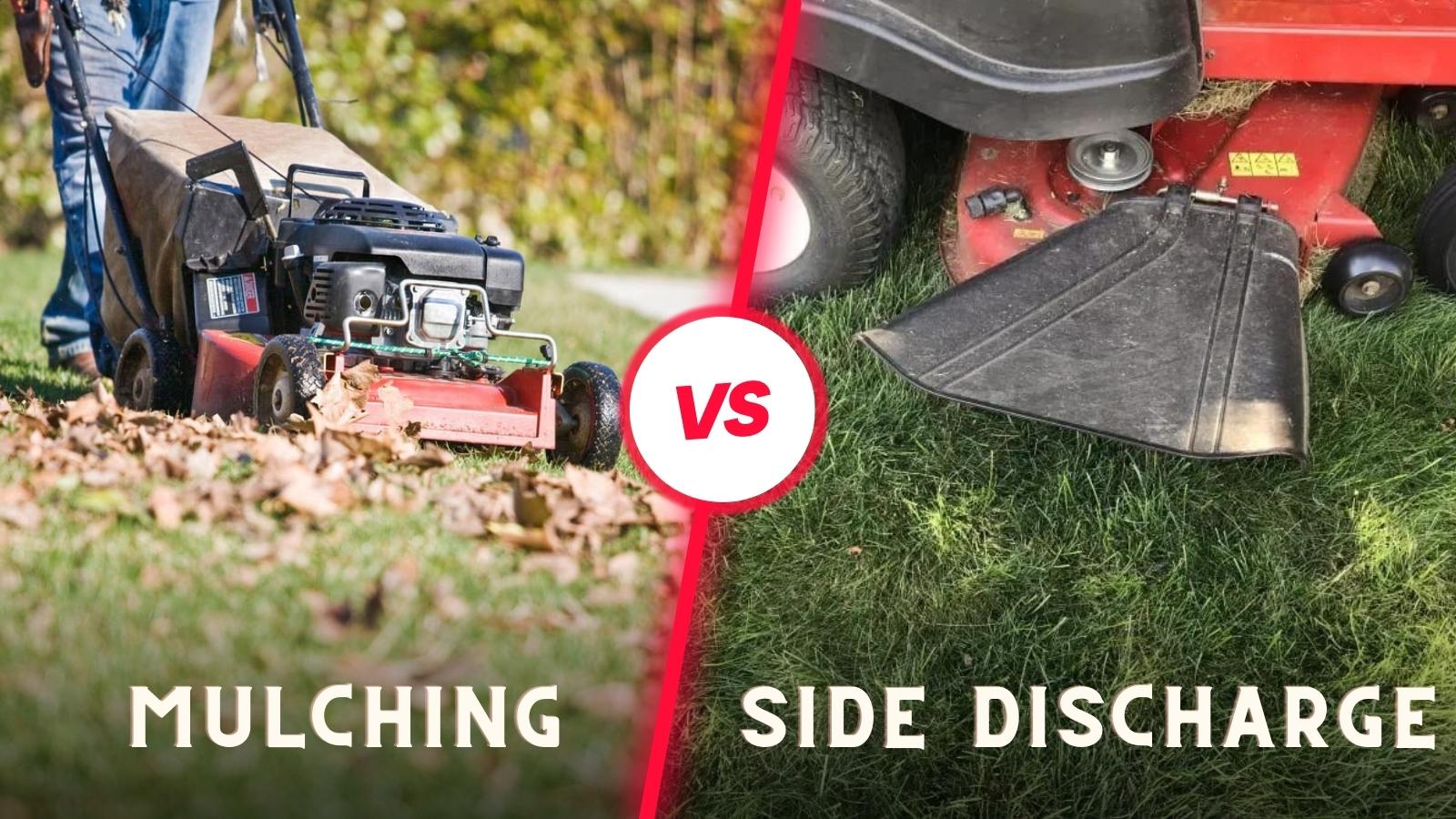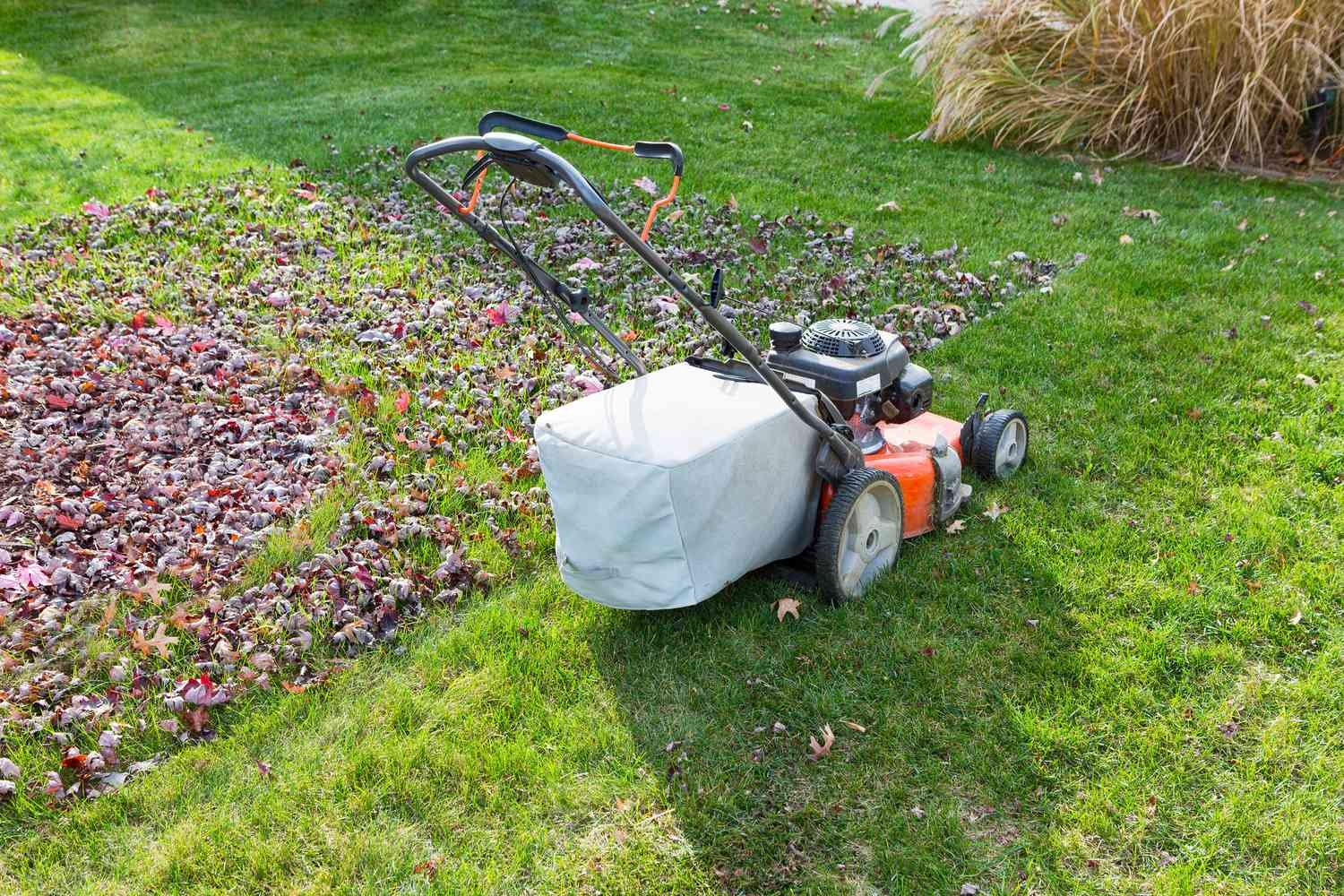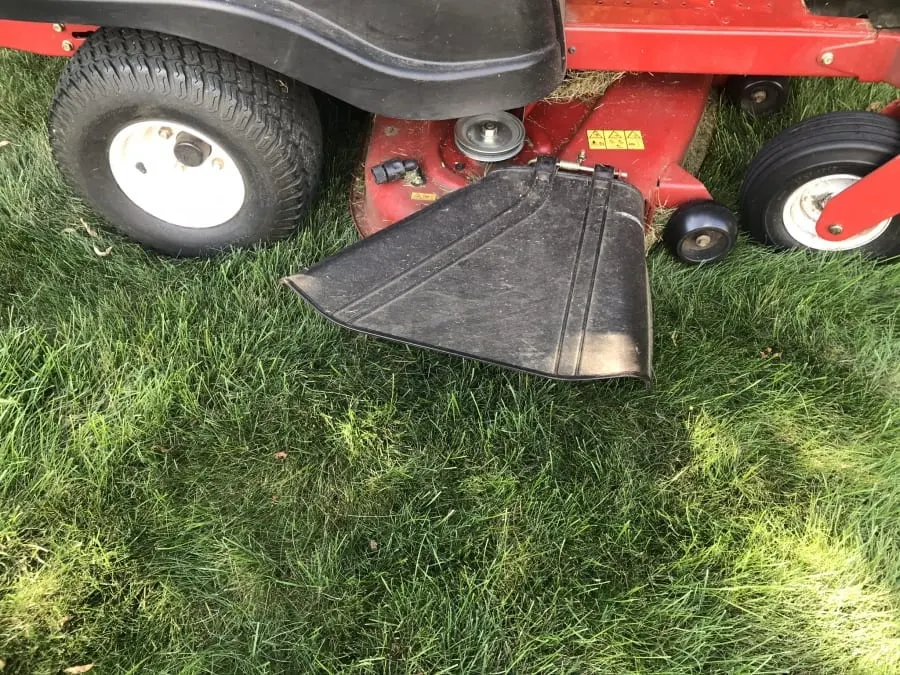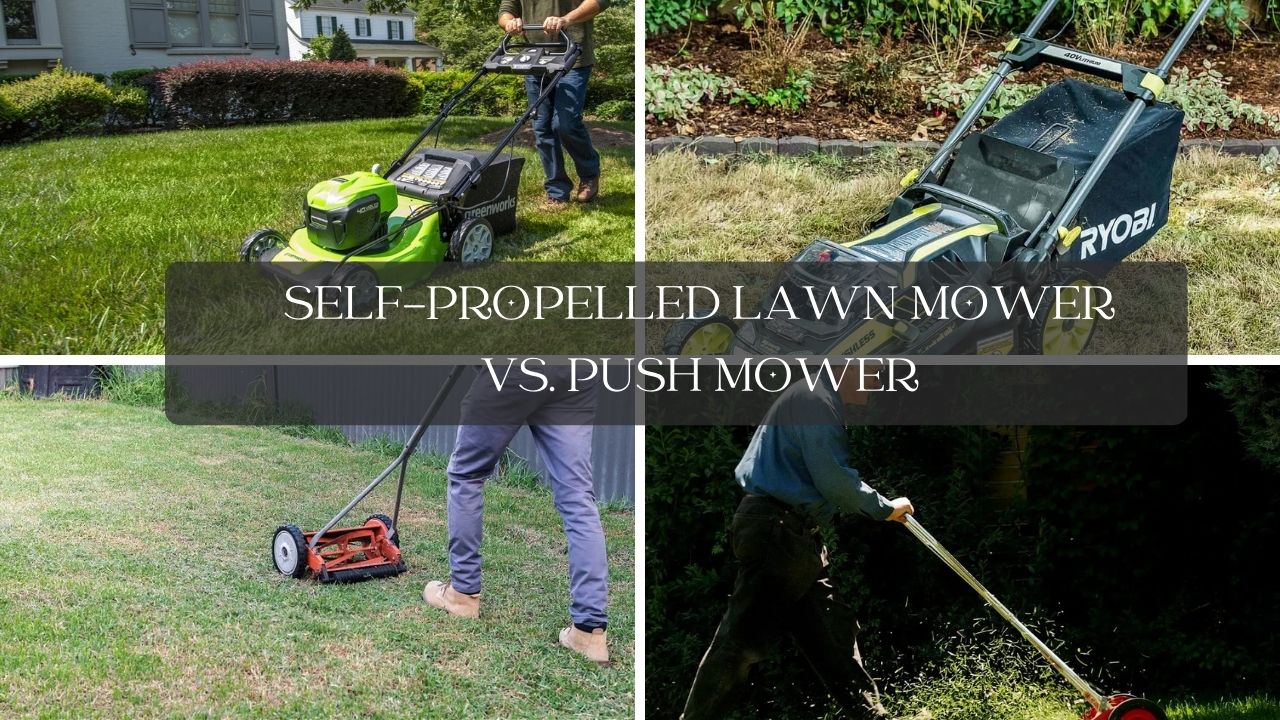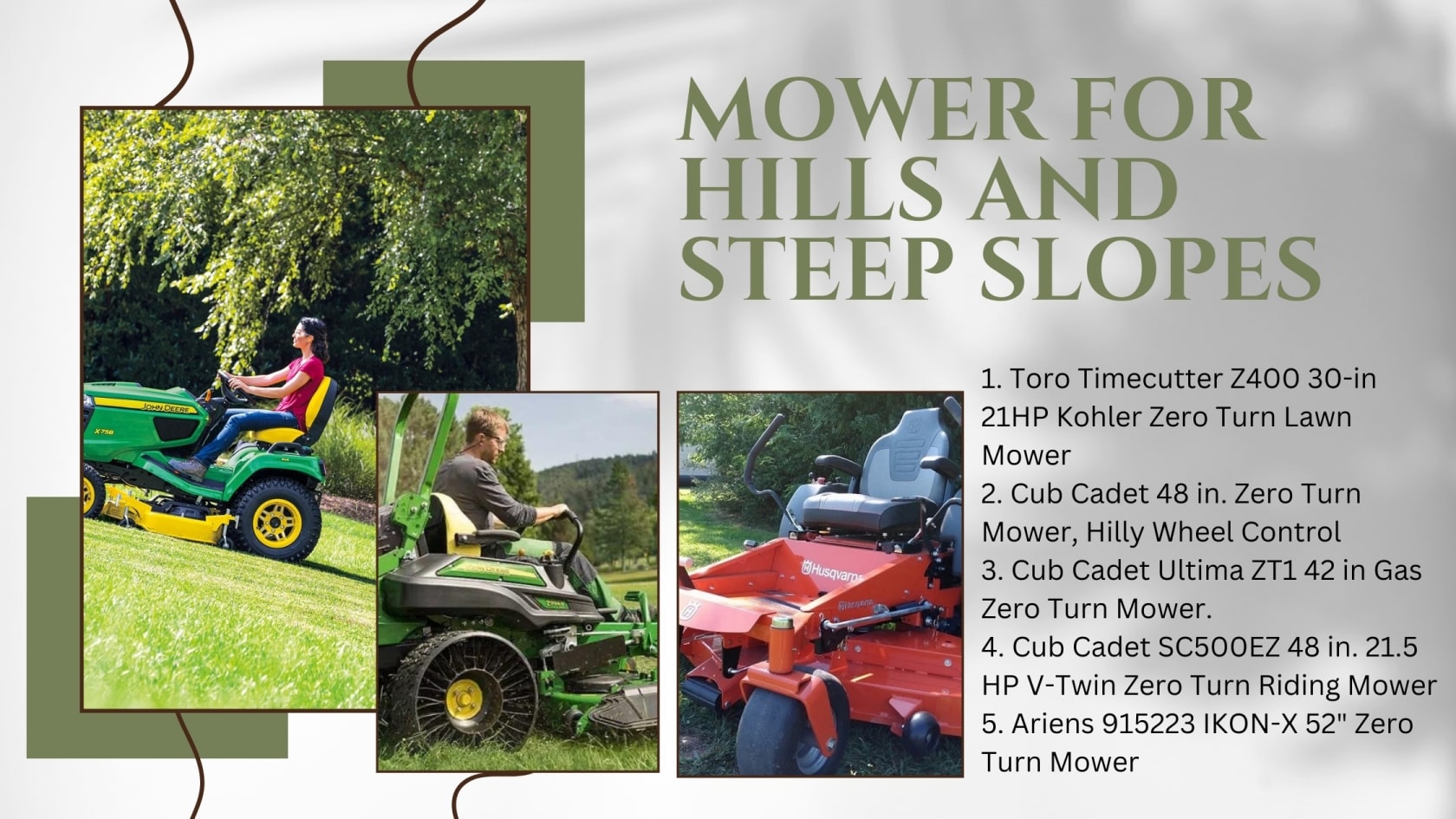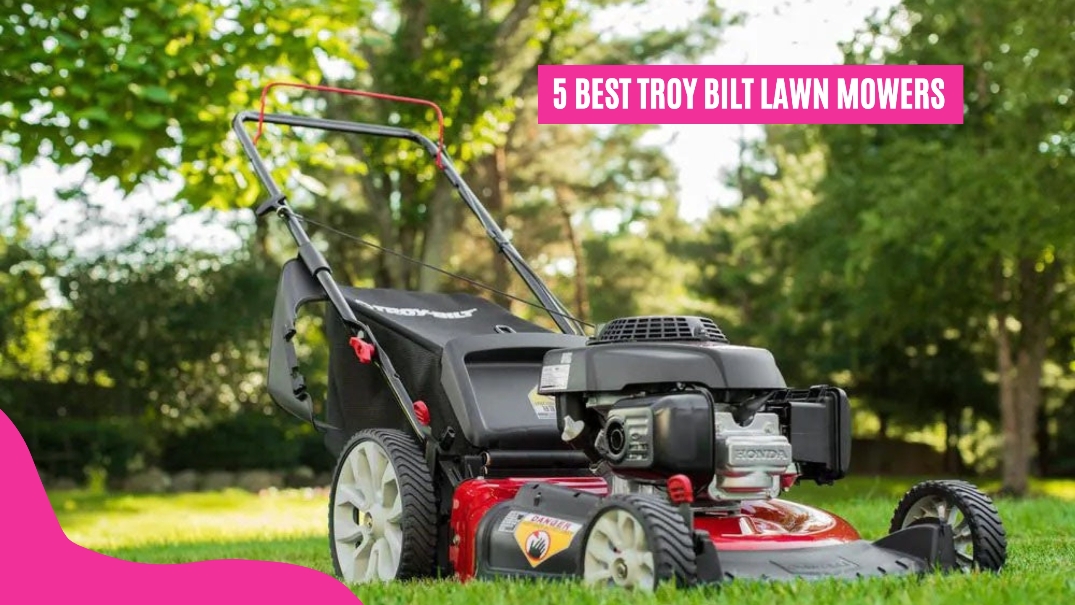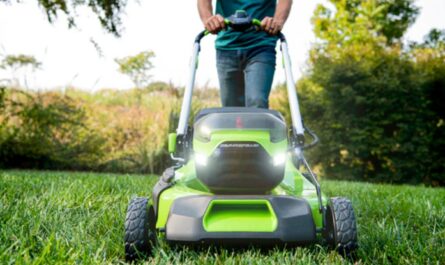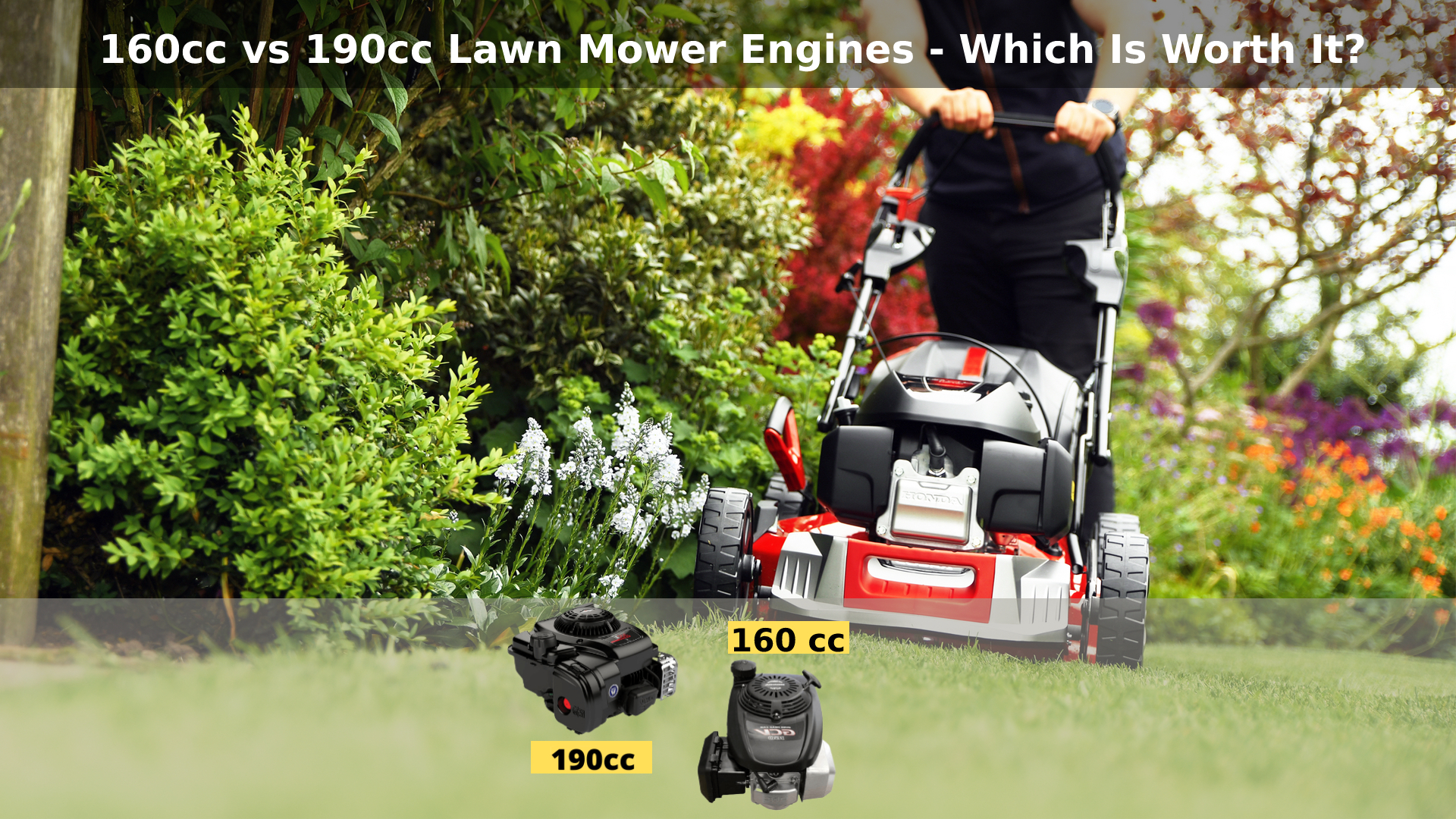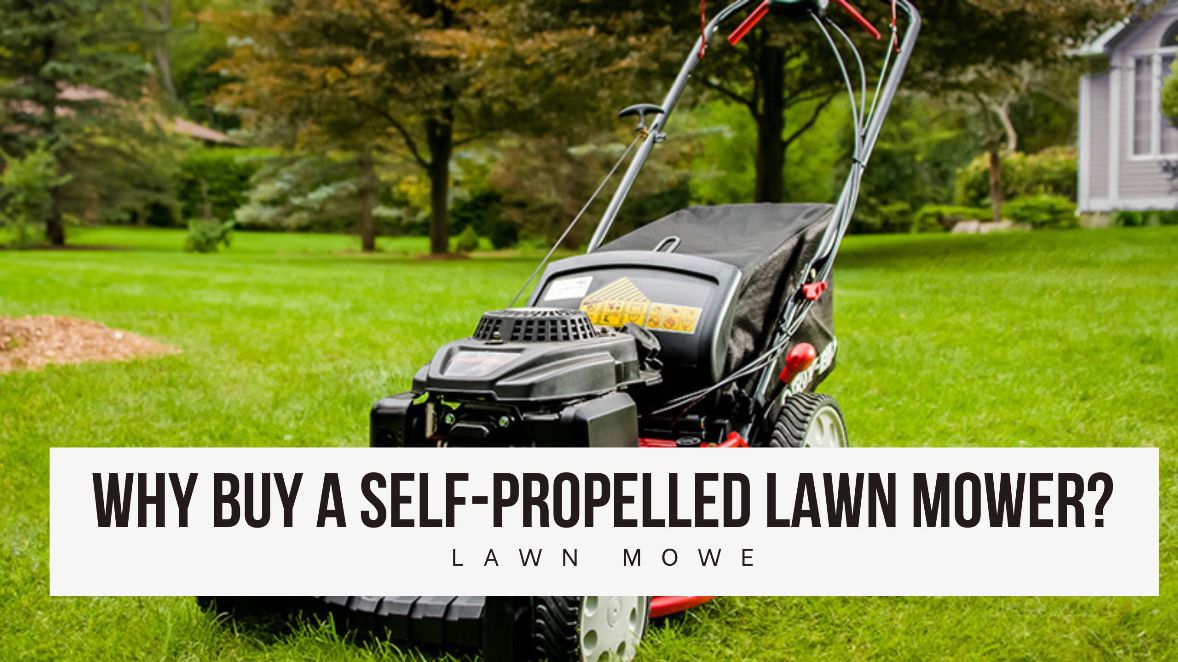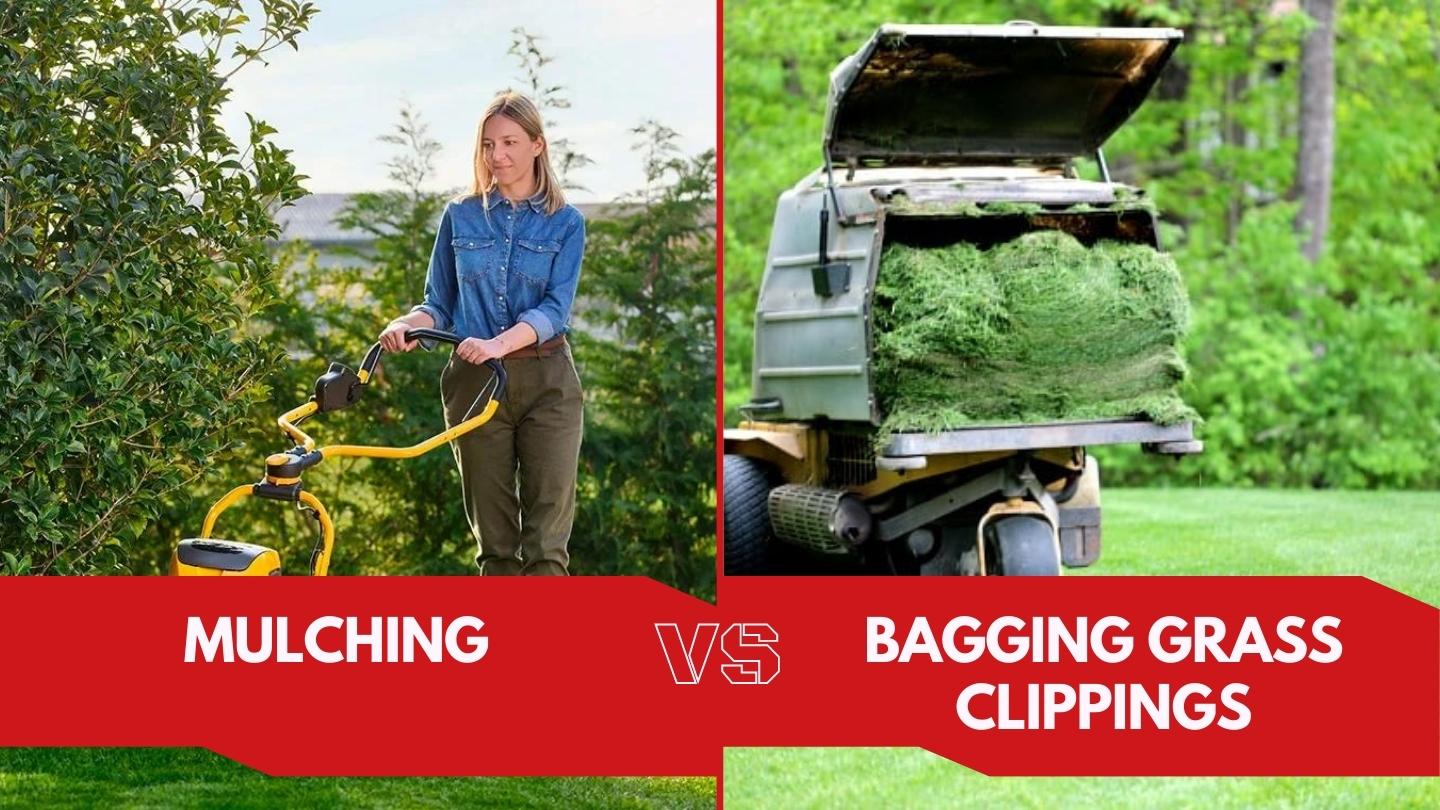Choosing the right mowing option for your lawn can make a big difference in its health and appearance. There are two primary ways to mow your lawn: mulching and side discharge. Each option has its own benefits and drawbacks, so it’s important to understand which one is best suited for your particular lawn. In this blog post, we’ll take a look at the pros and cons of mulching vs side discharge to help you make the best decision for your lawn.
What is Mulching?
Mulching is a lawn maintenance practice that involves cutting grass clippings into small pieces and then returning them to the lawn. This is done with a mower that is equipped with a mulching blade or plate. The blades are designed to cut the grass into very small pieces and then return them to the ground, where they decompose over time. This process adds valuable organic matter and nutrients back into the soil, which helps to promote healthy turf growth. Additionally, mulching helps to reduce the amount of water needed for your lawn, as well as helping to reduce weeds.
Why Mulching Benefits your Lawn
Mulching is a great way to improve the health of your lawn. Mulching your lawn helps to promote soil fertility and moisture retention, which helps your grass to grow stronger and healthier? It also prevents weeds from germinating, which can help to reduce the amount of time you spend weeding. Here are some of the top benefits of mulching your lawn:
- Retains Soil Moisture: Mulch helps keep the soil moist by reducing water evaporation, which can help prevent your grass from wilting during hot days.
- Prevents Weeds: Mulch helps to smother weed seeds, preventing them from germinating in your lawn. It also acts as a physical barrier to discourage weeds from growing.
- Minimizes Disease: By keeping your grass healthy and strong, mulch helps to prevent diseases from taking hold in your lawn.
- Improves Soil Structure: As mulch breaks down over time, it adds organic material to the soil, helping to improve its structure and aeration.
- Suppresses Insects: Mulch can help reduce the number of insect pests that may be present in your lawn by providing a physical barrier between the soil and the grass blades
- Reduces Fertilizer Run-off: Mulch helps reduce fertilizer run-off, as it holds the fertilizer in place and prevents it from washing away with rain or irrigation water.
- Makes Mowing Easier: Mulching also makes mowing easier, as it helps to break up clumps of grass clippings, making them easier to collect or spread out evenly on the ground.
Downsides to Mulching
Mulching is not without its drawbacks. Here are four of the main cons associated with mulching your lawn.
- Clogged mower deck: Mulched grass can easily clog a mower’s deck, making it difficult to finish a lawn-mowing job. Clogged mower decks also create more work and cost more money to repair.
- More work needed: Mowing with a mulching mower typically requires more passes over the lawn than a side-discharge or bagging mower. This is because mulching mowers leave longer clippings that need to be cut into smaller pieces before being returned to the lawn.
- Unsightly clippings: Some people find that leaving long clippings on the lawn is unsightly. Mulching can also cause clippings to build up in certain areas, like corners, which is unattractive and may lead to extra work for cleanup.\
- Wet weather: Mulching during rainy days or in moist conditions can create clumps of wet grass which can be hard to remove and cause additional damage to the lawn. For this reason, it’s best to avoid mulching in wet weather.
What is Mower Side Discharge?
Mower side discharge is a method of mowing where grass clippings are ejected from the side of the mower. This type of mowing is used when a bag or mulching plug isn’t attached to the mower. The clippings are forced out through the chute, and typically end up in an area close to the mower. Side discharge is best used when mowing large areas of grass, as the clippings can spread out and break down more quickly. It’s also the fastest way to mow, as you don’t have to stop and empty a bag or clear away clippings that have been mulched back into the lawn. However, this method of mowing may require some additional cleanup, as the clippings may not always end up evenly dispersed.
Advantages of Side Discharge
- Side discharge is more suitable for larger lawns as it can cover a bigger area and spread the cut grass faster. This can save time compared to mulching, as you don’t have to stop and empty the mower as often.
- The cut grass is visible, so it’s easier to spot any uneven patches or missed bits which need to be trimmed
- You don’t have to worry about clogging the mower with mulch, as the grass is discharged from the side, meaning it won’t get trapped in the mower and cause problems.
- Side discharge is great for wet grass, as it won’t stick to the blades like mulched grass might. This reduces the amount of energy needed to cut the grass and prevents damage to the lawn mower blades.
- Side discharge is better for quick cutting jobs and areas that are not regularly mowed. It is also a more economical option as you don’t need to buy mulching accessories such as a bagger or mulching blade
- Mower side discharge is very easy to use, just start up the mower, engage the side-discharge chute and let the machine do all the work. This means that even inexperienced gardeners can achieve a neat looking lawn without any hassle.
Disadvantages of Side Discharge
- Side discharge mowers can be harder to control. As the grass clippings are discharged from the side, it can cause uneven mowing results and make it more difficult to control the direction of the mower
- It requires more effort to keep up with the clippings. Side discharge mowers don’t collect the grass clippings; they simply spread them across the lawn. This means that you have to rake up the clippings in order to keep the lawn looking neat.
- Side discharge mowers can damage delicate lawns. If your lawn is filled with delicate flowers and plants, then side discharge mowers can damage them as the grass clippings are being thrown out from the side.
- If your lawn is wet or damp, then side discharge mowers are not recommended. The clippings will stick to the blades and cause clumping, making it difficult for the mower to operate properly
- If the grass is too long or thick, side discharge mowers may struggle to cut through it. This could leave you with an unevenly cut lawn or even worse, a mower that has stopped working due to clogging.
What is the Difference Between Mulching and Side Discharge?
Mulching and side discharge are two popular options for lawn mowers, but how do they differ? Let’s take a closer look at the five major differences between mulching and side discharge.
- Cutting Width: The main difference between mulching and side discharge lies in the width of their cuts. Mulching blades are designed to cut grass in smaller pieces while side discharge blades chop it into larger chunks. This results in a cleaner cut when using a mulching blade, which can help your lawn look healthier and more uniform.
- Clippings: The way each mower handles clippings is another big difference. When you use a mulching blade, the clippings are chopped up into small pieces and then left on top of the lawn, where they can act as natural fertilizer. On the other hand, when you use a side-discharge blade, the clippings are blown away from the lawn by the power of the motor. This can be beneficial if you don’t want clippings scattered throughout your lawn, but it also means you don’t get the added benefit of natural fertilizer.
- Cost: While both mulching and side-discharge blades come in different price ranges, mulching blades tend to be more expensive than their side-discharge counterparts.
- Maintenance: When it comes to maintenance, mulching blades require less frequent sharpening than side-discharge blades. This is because the blades on a mulching mower are designed to stay sharper longer due to their smaller cutting widths.
- Noise: One final difference between mulching and side-discharge mowers is noise level. Mulching mowers tend to be quieter due to their slower blade rotation speed, whereas side-discharge mowers make more noise due to their higher blade rotation speed.
When deciding between mulching and side-discharge mowers, it’s important to consider these differences and decide which one is best suited for your needs. The bottom line is that both types of mowers have their pros and cons, so make sure to weigh the options carefully before making a decision!
Final Thoughts
Mulching and mower side discharge both offer their own advantages when it comes to maintaining a healthy lawn. It is important to consider what works best for your specific lawn. For example, if you have a large yard with thick grass, mulching might be the better option since it will keep the clippings from clumping and blocking the air flow of your mower. On the other hand, if you have an area that needs frequent edging or trimming, side discharge may be preferable. Ultimately, it is up to you to decide which method works best for your needs. Taking the time to research both mulching and side discharge will allow you to make an informed decision about which one is right for you. With the right care, your lawn can look healthy and lush all year long.

